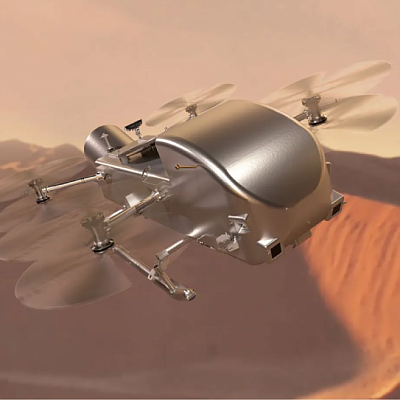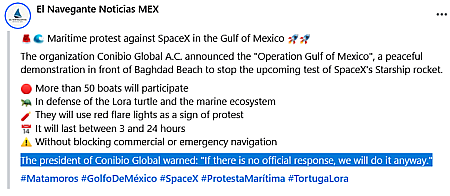NASA inspector general: Dragonfly mission is vastly overbudget and behind schedule

Artist rendering of Dragonfly soaring
over Titan’s surface
According to a new NASA inspector general report issued today, NASA’s Dragonfly mission to Titan is now billions overbudget and is likely not be ready to launch in 2028.
You can download the report here [pdf]. From its executive summary:
Dragonfly was selected under a New Frontiers Announcement of Opportunity with a $850 million cost cap on Principal Investigator-Managed Mission Costs, which primarily includes development costs but excludes launch vehicle and post-launch operations costs. However, by April 2024, those costs had grown to $2.6 billion and the launch delayed by more than 2 years, from April 2026 to July 2028. The cost increase and schedule delay were largely the result of NASA directing APL to conduct four replans between June 2019 and July 2023 early in Dragonfly’s development. Justifications for these replans included the COVID-19 pandemic, supply chain issues, changes to accommodate a heavy-lift launch vehicle, projected funding challenges, and inflation.
The report now estimates the budget will eventually rise above $3 billion, cost that is eating away at NASA’s entire planetary budget, making other missions impossible. The project itself is far from ready, with multiple unfinished issues that make its present launch target of 2028 very unlikely.
» Read more









